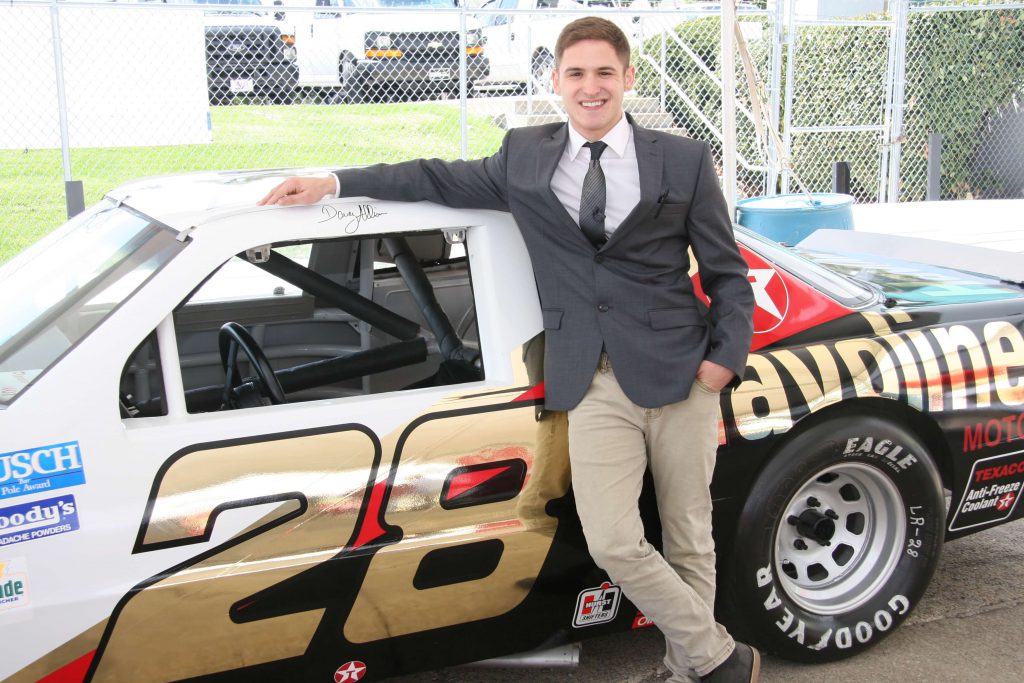
by Robbie Allison
A topic of conversation for motorsports fans in 2018 commonly involves the changes in the racing world
over the last 40 years. The sports was (in)famously brought into the mainstream in 1979 as the first
nationally broadcast Daytona 500 ended with spectacular crashes and an equally-infamous fist fight
between Cale Yarborough and the Allison brothers. Since that day, the sport has gone through up’s and
down’s like any other sport, and the product today is a totally different beast.
Obviously, the primary change is the technology. Today’s “stock car” is anything but stock. From the
wheels to the engines, premier racing vehicles are probably closer in comparison to a rocket than to a
car off the dealer lot. Because of the intricacy involved in these technological advancements, the driver’s capacity to assist in car changes has devolved to mostly “Car’s too tight” or “Car’s too loose.” As opposed to racing of yesterday, the motorsports fan rarely comes across a professional driver who moonlights as a mechanic on his/her own car.
Spawning from the lack of driver input on car setup, car personalities have changed greatly as well. The
drivers of today are intensely focused on image and sponsorship. This has caused what many (especially
old-school) racing fans to view as a “vanilla” effect on the sport. A viewer may witness five races and five different winners… with one generic interview post-race. The lack of personality has driven a lot of fans from the sport in recent years.
If you’ve never been to your local short track, there are a few key differences from modern racing that
may draw you back:
Short track racers still work on their own cars. The access to large teams and cutting edge technology
are far out of these competitors’ reach. They are sweating and bleeding with their shop guys seven days
a week, sometimes 24 hours a day. If something goes wrong on the car or a crash happens in the race,
bills don’t get paid. Hearts are broken.
Lacking cutting edge technology, short track cars are typically pure stock. There is a high level of
excitement both for the driver and audience as the cars bounce and slide off every corner, and things on
the track only intensify as mechanical parts get hot and weakened from wear and tear. Every lap
towards the checkered flag becomes more unpredictable than the last. Despite the financial fears, short track guys show up to race. After the time and effort placed on getting to the track, racing to win is the only option. Like the NASCAR days of old, passions are high and tempers often flare. The famous 1979 Daytona fight happens every weekend, all over the country. It’s just not televised.
Because of the passion and competitive drive, minus the pressure to be vanilla for a TV audience, short
track driver personalities are truly one of a kind. Drivers across the country with names like “Nasty
Jones” and “The Virginia Bandit” are charming and entertaining their small audiences with unforgettable
interviews and unbelievable performances. No other sport in the world allows for these hilarious,
mesmerizing, often larger than life characters. At the end of the race, when families pack up to head
home, it’s the drivers who bring the fans back next week.

